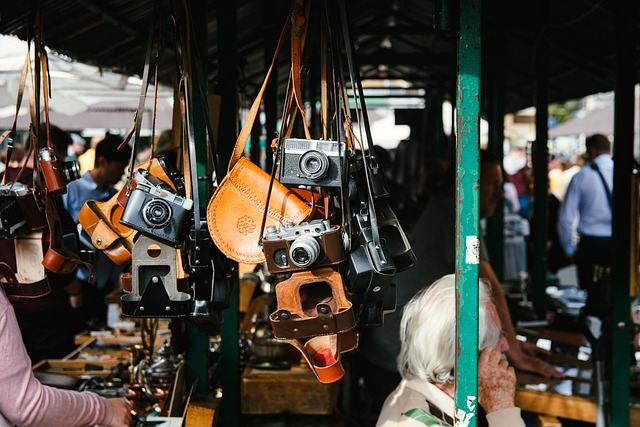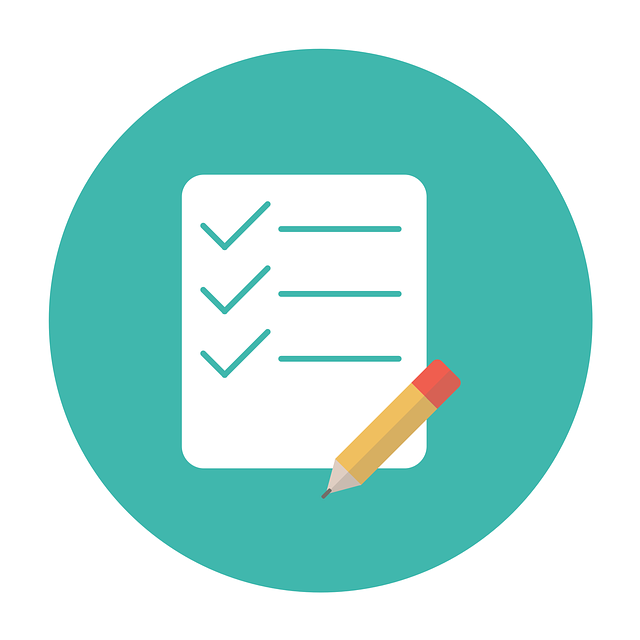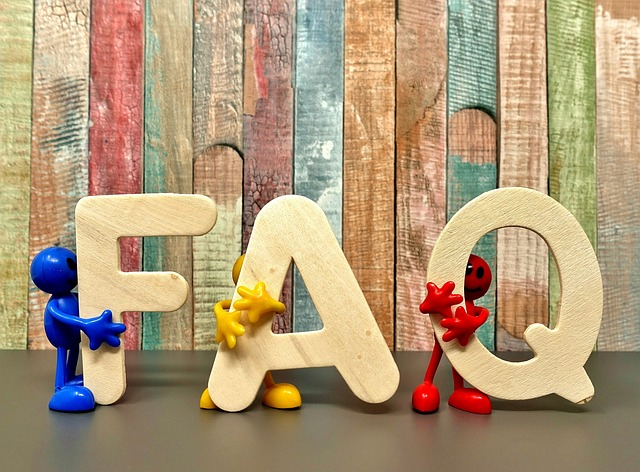What are Flea Markets and how do they work?

Flea markets are vibrant spaces where people can sell or buy various items. They typically operate on weekends and attract crowds seeking unique bargains.
At flea markets, vendors rent selling spaces to display their goods, ranging from vintage clothing to handmade crafts. Customers can haggle over prices, adding an element of fun to the shopping experience.
Tax regulations vary for flea market sellers depending on location and sales volume. Sellers must understand their sales tax obligations to avoid any legal issues.
One key aspect of flea markets is the sense of community they foster. Flea market vendors often build relationships with regular customers, creating a loyal customer base over time.
How should I prepare to Sell at a Flea Market?

Here are some critical steps to take when preparing to sell at a flea market.
Decide What to Sell
When deciding what to sell at a flea market, consider unique, vintage, or handmade items, as these tend to be popular with shoppers. Some of the most popular items at flea markets include jewelry, clothing, home decor, and collectibles.
Younger customers tend to look for older or vintage pieces. Choosing items that will attract a wide range of customers and stand out among the competition is important. Consider purchasing items at thrift stores or similar second-hand shops to find unique items.
Pricing Strategy
One crucial aspect of being a successful flea market vendor is having a competitive pricing strategy. Research the prices of similar items in the market and price your products accordingly. Offering discounts or bundle deals can also entice customers to make purchases.
Research Local Flea Markets
When preparing to become a vendor at a local flea market, it is essential to research the specific markets you are interested in. Look into the target demographic, popular items sold and the overall atmosphere of each market. Visiting the flea markets as a customer beforehand can also give you valuable insights into what sells well and how to best set up your own booth.
Develop a Business Plan
Developing a business plan when selling at a flea market is crucial as it helps outline goals, strategies, and financial projections. By incorporating a budget into the plan, sellers can track expenses, set pricing strategies, and ensure profitability by identifying areas where costs can be minimized and revenue increased. This structured approach can also help make informed decisions and adapt to market changes to stay competitive.
Brand Your Flea Market Business
Branding a flea market vendor business is crucial as it helps differentiate the business from competitors, build customer loyalty, and establish a unique identity in a crowded marketplace. A strong brand can also attract new customers, increase sales, and create a lasting impression that sets the business apart from others at the flea market. Consistent branding is crucial if you already have or plan to expand your business with an online or brick-and-mortar store.
Decide How to Accept Payments
Historically, cash is king at flea markets, and you’ll most likely still have significant cash sales. However, fewer and fewer customers carry cash these days, even at flea markets.
Setting up a credit card reader might not be the most feasible option to accept credit cards, debit cards, or tap-to-pay. Fortunately, many payment processors, such as Square, offer convenient mobile card readers that convert your mobile device into a payment solution. Most also include software for creating receipts, tracking sales and inventory, and producing sales reports.
Design Your Booth Space
Designing the booth space at a flea market is crucial for attracting customers and making a lasting impression. To create a memorable booth, focus on visually appealing displays, clear signage, and creating a welcoming atmosphere.
Showcase your items effectively by arranging them in an organized and eye-catching manner, and consider adding unique touches or decorations to stand out from the crowd. Try to find a corner space if possible. Engage with customers by offering samples, demonstrations, or interactive elements to draw them in and encourage sales.
What are the benefits of Selling at a Flea Market?
Selling at flea markets opens opportunities to earn extra income by reaching a diverse customer base. Direct interaction with customers allows for personalized engagement and the chance to build lasting relationships.
Flea markets provide a low-risk environment to test new products and gather immediate feedback for future improvements. Networking with other vendors can lead to collaborations and partnerships, enhancing business prospects in the long run.
What are the drawbacks of Selling at a Flea Market?
Selling at a flea market presents challenges such as inconsistent foot traffic affecting sales, intense competition among vendors leading to price wars, physical effort in setting up and dismantling stalls, security concerns regarding theft or damage, and difficulties in accepting electronic payments due to limited access to reliable internet or card processing services. These drawbacks can impact vendors’ profitability and overall experience at the flea market.
Selling a Flea Market Pros & Cons

Pros:
- Low cost to set up a booth.
- Potential for high foot traffic.
- Opportunity to interact directly with customers.
- Ability to sell a variety of items.
- Chance to test out new products or business ideas.
Cons:
- Unpredictable sales may not make a profit every time.
- Weather conditions can impact sales.
- Competition from other vendors.
- Limited operating hours.
- Some flea markets may have strict rules and regulations.
How do I become a Flea Market vendor?

Here’s a step-by-step guide on how to become a flea market vendor.
Step 1 – Research: Begin by researching different flea markets in your area to find one that aligns with the type of products you want to sell and attracts your target customers.
Step 2 – Obtain a Vendor License: Check with your local government to see if you need a vendor license to sell at flea markets. This will ensure that you operate legally and avoid potential fines or penalties.
Step 3 – Secure a Vendor Space: Contact the flea market organizers to inquire about renting a vendor space. Be sure to ask about the cost, size, and any additional requirements they may have.
Step 4 – Prepare Your Inventory: Start gathering the products you want to sell at the flea market. Ensure you have enough inventory to fill your vendor space and attract customers. Consider stocking up on shopping bags.
Step 5 – Set Up Your Booth: On the day of the flea market, arrive early to set up your booth. Make sure your products are displayed attractively and that your booth is organized and inviting to customers.
Step 6 – Promote Your Booth: Take advantage of social media and word-of-mouth to promote your flea market booth. Consider offering special deals or discounts to attract more customers.
Step 7 – Provide Excellent Customer Service: Interact with customers in a friendly and helpful manner. Answer any questions they may have about your products and provide a positive shopping experience.
Step 8 – Evaluate Your Performance: After the flea market ends, take some time to evaluate your sales and overall performance. Identify areas for improvement and make adjustments for future flea market events.
Step 9 – Repeat: If you enjoyed being a flea market vendor and found success, consider participating in more flea markets or expanding your business to other markets. Keep refining your strategies to grow your business as a flea market vendor.
Frequently Asked Questions

Here are the most common questions about how to sell at a flea market.
Is Selling at a Flea Market profitable?
The right products and sales strategy can make selling at a flea market profitable. Key factors include competitive pricing, a prime location, an attractive display, and building customer relationships. Offering unique items, researching prices, securing a high-traffic spot, creating an appealing setup, and providing excellent service can all contribute to maximizing profitability.
Can I sell at a Flea Market if I also run a retail store?
Yes, you can sell at a flea market even if you have a retail store. Selling at a flea market alongside your retail store allows you to showcase different products or offer special discounts that may not be available in your store. This can attract new customers and increase brand visibility. Moreover, it provides an avenue to test new products or marketing strategies in a low-risk environment.
However, it’s essential to consider the logistics of managing your retail store and flea market stall simultaneously. Ensure you have enough staff to handle operations at both locations effectively. Additionally, carefully plan your inventory management to prevent stock shortages at either location.
What are some other places to Sell besides Flea Markets?
Here are some additional spaces to consider selling your products to enhance sales and attract more customers.
Online Platforms: Selling on online platforms like eBay, Etsy, or Facebook Marketplace can reach a wider audience than flea markets. You can also consider creating an eCommerce store.
Consignment Shops: Consider consignment shops as they handle the selling process for you in exchange for a percentage of the sale.
Local Events: Participate in local events such as craft fairs, pop-up markets, or community yard sales to showcase your items.
Garage Sales: Organize garage sales at your home to declutter and make extra cash by selling items you no longer need.
social media: Utilize social media platforms like Instagram or TikTok to promote your products and reach potential buyers directly.
Farmer’s Market: Selling at a farmer’s market allows vendors to connect directly with customers looking for fresh, locally grown produce and handmade goods.
How to Sell at a Flea Market – Final Thoughts

Selling at a flea market can be a rewarding experience if approached with the right mindset and strategies. Following the tips outlined in this article, you can maximize sales and create a successful business to start selling at flea markets.
Remember to stay organized, engage with customers, and continually adapt to meet market demands. Good luck with your flea market ventures!
Contact us if you have more questions about selling at a flea market or to apply for a small business loan. Our alternative funding experts can help you find the best funding options for your inventory or other business needs.











